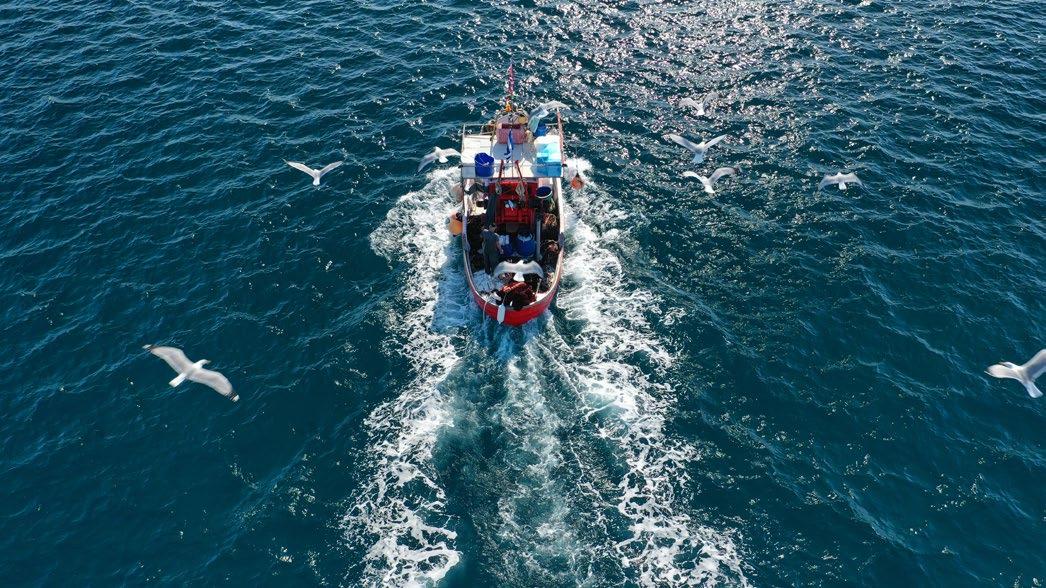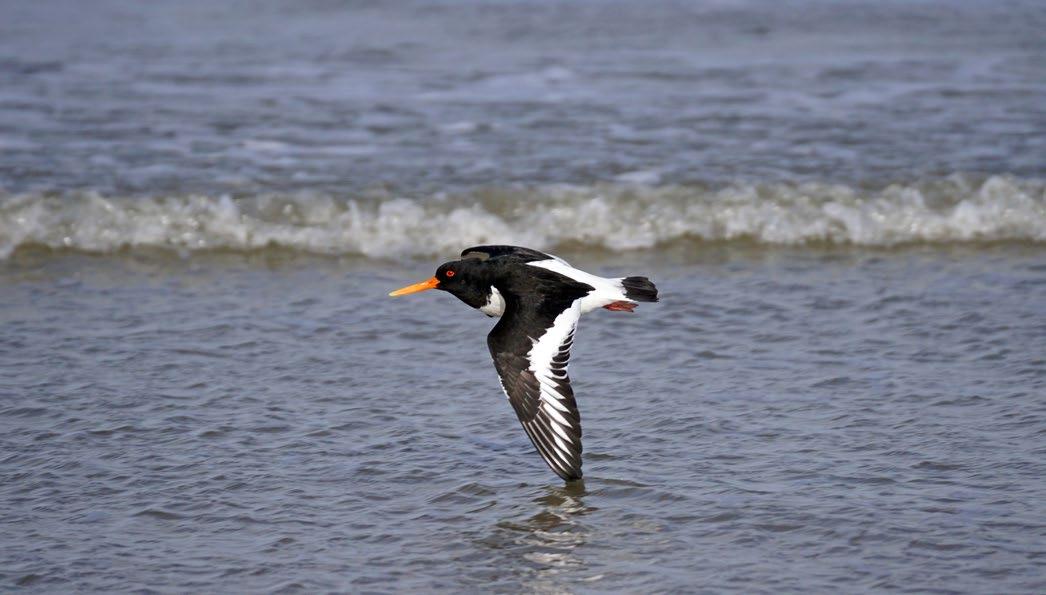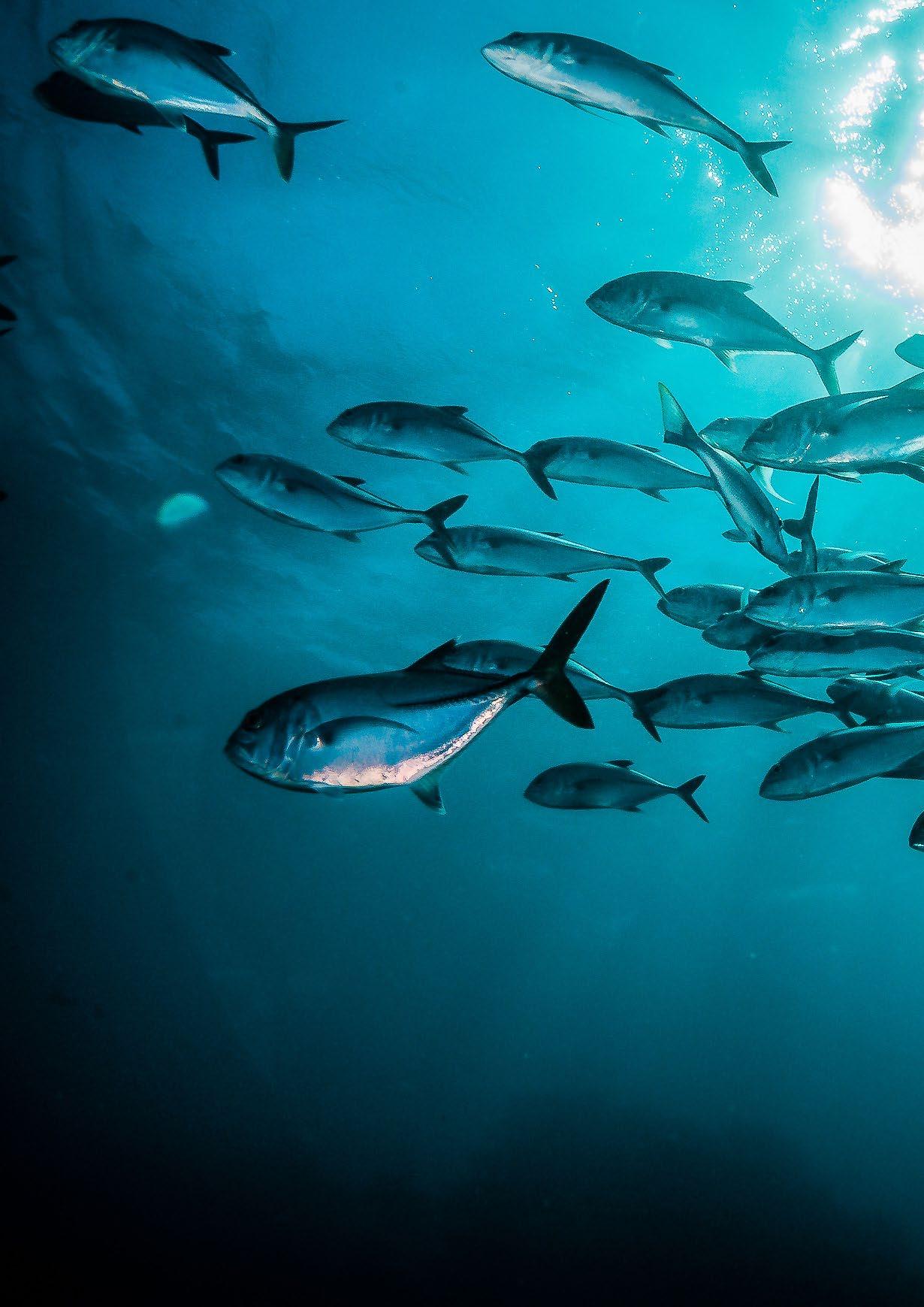
3 minute read
Protecting Coastlines: A Way Of Life
Written By | MARTYN SHUTTLEWORTH
Iwas born and grew up on the coast of Morecambe Bay, England, overlooking a landscape of endless mudflats where the tides and the seasons shape the rhythms of life. Like many coastlines around the world, this beauty is fragile and often taken for granted, and it seems like coasts only hit the news when oil or sewage spills onto beaches.
Advertisement
When you grow up on the coast, you develop a deep affection and respect for these unique environments, understanding the valuable role they play in protecting both the oceans and the land.
People love coastlines as a place to relax and forget their troubles for a while, enjoying the fresh sea air while fishing, swimming, birdwatching, or simply sampling the delights of a bustling seaside resort. However, visitors don’t always understand the work needed to protect ecosystems and support the precarious, seasonal way of life that is the reality for coastal communities.
Rich coastal environments include unique ecosystems shaped by the sea and the land, constantly changing yet also predictable. They provide havens for fish, birds, mammals, and other species to thrive and breed. Coastlines are an essential part of the ocean, but they face intense pressure and need protecting.
World Ocean Day is a great time to remember this and look at how we can balance the needs of nature with the needs of coastal communities.
The Rhythms of the Coast
Living where the sea meets the land means learning how to read the tides and the seasons and understanding the underlying patterns of coastal life.

The coastline shapes you as a person, with one foot in the restless ocean and the other on firm soil. No two days are the same, and the deep attachment to the coastline and its communities never truly leaves you.
Many fishing communities rely on coastlines, which are some of the most productive ecosystems on Earth. People want to stay in beachside hotels, go out on motorboats, or party on the beach at night, often driving life to the margins. Waste treatment and agricultural runoff send out pollution and nutrients that encourage algal blooms. Luxury houses spring up, stripping away the saltmarshes that protect the coastline from storm surges and provide a rich environment for life.
Protecting Our Coastlines

On Morecambe Bay, low tide sees wading birds flock to the newly exposed mud to feed and squabble, collecting what they can before the sea returns. Locals walk their dogs along the beach, talking and enjoying the bracing sea breeze. Here, the seasons dictate life, telling the birds when to breed or migrate and setting a timetable for communities. Once the winter seas pass, fishermen can go out, and the coming spring sees shops and hotels get ready for the coming influx of tourists.
Sadly, what makes coastlines attractive is also their weakness because few other habitats experience such conflicts between different groups.
Resolving these conflicts and balancing these contrasting needs is not always easy. How can we protect these fragile ecosystems and stop overfishing while ensuring that people enjoy the beach and fishing communities continue to thrive? How can we stop the overdevelopment of beautiful coastal areas while making sure that tourist money continues to flow into struggling communities often forgotten by governments?
Everyone wants to protect coastal areas, but this involves balancing the needs of every group with nature and creating solutions that give everyone room. That’s why, in this World Ocean Day special, we focus on some of the groups and people trying to find solutions that find a balance and protect nature while also preserving the unique coastal way of life.
Lora Clarke, of Pew Charitable Trusts, discusses how many groups came together for the common goal of protecting salt marshes on the US Atlantic Coast. Caitlin Turner, Policy Officer with Sustainable Inshore Fisheries Trust, talks about the role of Highly Protected Marine Areas and some of the conflicts between groups. Finally, Jon Paul “J.P.” Brooker of the Florida Conservation Trust, talks about manatees, one of the animals most at risk from the conflict between coastlines and human development.
Fragility and Conflict
Coasts are often defined by conflicts between different groups, making them some of the most fragile places on the planet. The teeming life and delicate ecosystems jostle with human development as, slowly but surely, the coastline we love disappears beneath hotels and new homes, pollution, and overfishing.
Projects like these give hope and show that it isn’t too late to protect coastal ecosystems and communities. There are solutions, and coastal communities, politicians, and public support increasingly push for coastal protection. We know the destination, but getting there is going to be the difficult part, so events like World Ocean Day are the perfect opportunity to highlight lasting solutions.











